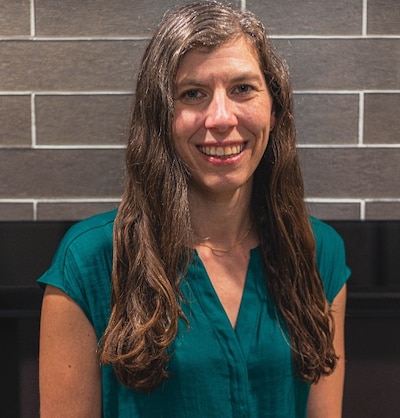I fell in love with teaching while working as an assistant educator at a preschool 16 years ago. I had not studied education, so I enrolled in an alternative certification program specifically designed for people who were already working in education. There were many advantages: evening classes, minimum tuition, and, most importantly, no need to quit my job. My classroom, where I planned to continue teaching after student teaching, even counted toward my student teaching requirement. That program made a teaching license and a master’s degree accessible.
My coworker Liv, meanwhile, has yet to earn her license. When she started as an assistant teacher in my classroom nearly five years ago, she was nearing the end of her teacher preparation program with only the student teaching requirement to complete. To this day, her student teaching has remained beyond reach.
That’s because her program requires 11 weeks of student teaching and specifies that candidates cannot get paid. Liv already works at a preschool, and, as she put it, “leaving a job for three months is really challenging.” She relies on her income and on employer-sponsored health insurance.

Liv’s situation is not unique. While many other professions have shifted to paid internships or apprenticeships, student teaching continues to be largely unpaid. Many teacher preparation programs that prohibit paid student teaching offer no explanation for the practice; others justify it by saying that the requirement is part of the learning experience.
Considering the current teacher shortage, it’s time to rethink the teacher preparation and certification process. This is especially true in the early childhood space, where retention and advancement are notorious problems.
Student teaching should be authentic and valuable. It should not be a financial burden, particularly for people already working in the field. Paraprofessionals, unlicensed lead teachers, childcare providers, and teaching assistants like Liv make up a great pool of racially and economically diverse teacher candidates. These educators stand poised to fill essential roles. Additionally, their presence in classrooms will promote diversity and equity in the field. Removing any barriers to their advancement makes sense all around.
Many teacher preparation programs that prohibit paid student teaching offer no explanation for the practice; others justify it by saying that the requirement is part of the learning experience.
Here in Illinois, the State Board of Education specifies that student teachers may be paid for student teaching. While not all teacher certification programs have gotten on board, there has been progress. Grow Your Own and teacher residency programs provide limited financial support, and the Early Childhood Access Consortium for Education, or ECACE, allows participants to complete their student teaching in their place of employment if the teacher and site meet certain state and university requirements.
Recent data indicates that most programs participating in ECACE allow such flexibility for at least some portion of student teaching. The remaining programs should adjust their policies to allow that same flexibility for people already working in the field.
In a recent brief from Teach Plus Illinois Early Childhood Policy Fellows, my colleagues and I recommend ways in which the state education board, universities, and other stakeholders can further reduce barriers to student teaching. All programs should allow student teaching to be paid. To achieve this standard, the state must explicitly prohibit programs from preventing paid student teaching. For incumbent educators, that could mean student teaching for their regular salary at their place of employment.
Allowing educators to student teach where they work would require no additional funding. It would necessitate fewer transitions and offer more stability for children. In addition, schools would not need to fill positions temporarily while staff left to student teach elsewhere. For people not currently working in a classroom, the state or individual school districts should provide stipends to student teachers. The Teacher Vacancy Grant Pilot Program offers an avenue for school districts to support student teachers financially as a way to strengthen teacher pipelines.
Teachers, education organizations, and the Illinois Education Association have drafted a state bill, HB4652, to establish a stipend program for student teachers in Illinois. If passed and fully funded, it would provide a $10,000 stipend for a full semester of student teaching.
As a Teach Plus fellow, I worked with fellow educators, researching the history of and current policies around student teaching, and surveying educators about their needs. Our research-based recommendations helped inform this bill.
Because of the flexibility of my alternative certification program, I obtained my professional educator license and became a lead teacher. It has given me a stronger voice in the classroom and the school, a higher salary, and the ability to assist others on their professional journey.
But five years after joining our classroom, Liv still is waiting on her teaching license. We need to make changes to allow Liv and other teacher candidates to advance in their careers and help fill teacher vacancies in Illinois.
Katie Viernum is a lead teacher at Loyola University Preschool in Chicago and a 2023–2024 Teach Plus Illinois Early Childhood Educator Senior Policy Fellow.



